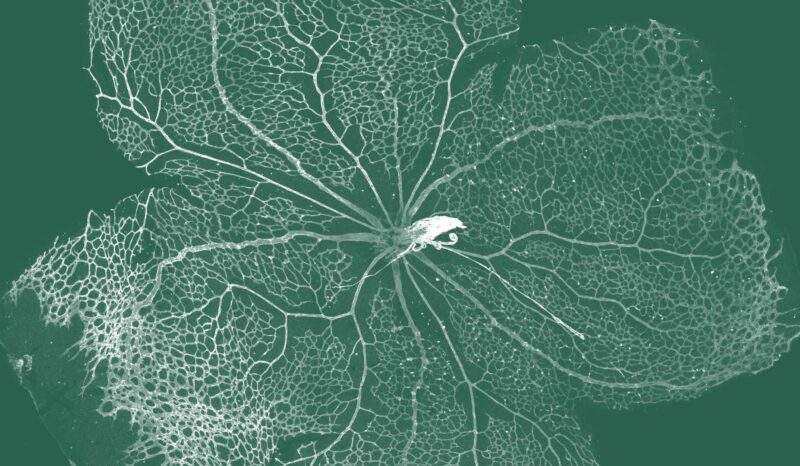WEHI Wednesday Seminar hosted by Professor Joanna Groom
Raymond Qin
Research Officer | PhD Student – Groom Laboratory, Immunology and Centre for Dynamic Imaging, Advanced Technology & Biology divisions, WEHI
Defining the Cellular Networks of Murine Tumour Tertiary Lymphoid Structures


